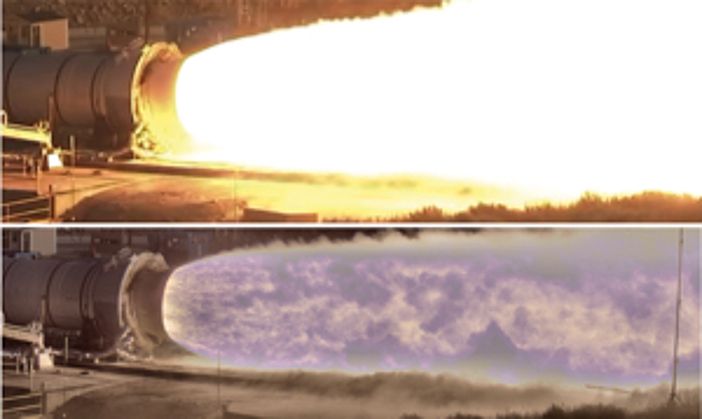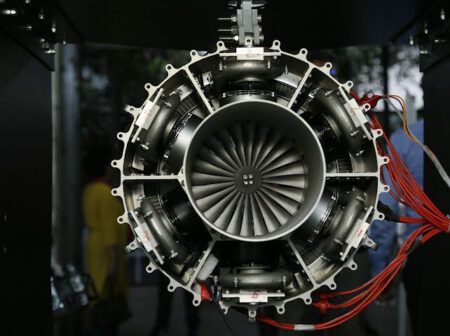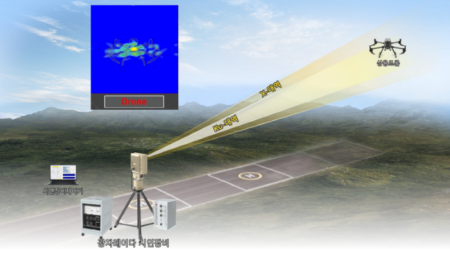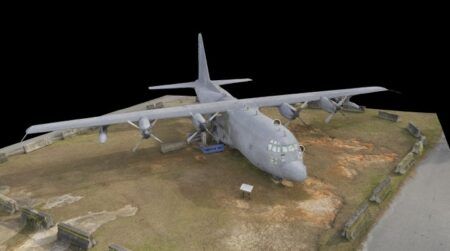During NASA’s recently completed test firing of Orbital ATK’s Qualification Motor 2 for the Space Launch System (SLS), a new type of camera was also tested.
NASA’s High Dynamic Range Stereo X (HiDyRS-X) project has developed a revolutionary high-speed, high dynamic range camera capable of recording propulsion video data in never before seen detail.
The HiDyRS-X project originated from a problem that exists when trying to film rocket motor tests. Rocket motor plumes, in addition to being extremely loud, are also very bright, making them difficult to record without drastically cutting down the exposure settings on the camera. Doing so, however, darkens the rest of the image, obscuring other important components on the motor.
Traditionally, video cameras record using one exposure at a time, but HiDyRS-X records multiple, slow motion video exposures at once, combining them into a high dynamic range video that perfectly exposes all areas of the video image.
The HiDyRS-X project began as part of NASA Space Technology Mission Directorate’s Early Career Initiative (ECI). Howard Conyers, a structural dynamist at NASA’s Stennis Space Center, was awarded an ECI grant in 2015. The first prototype was completed in partnership with Innovative Imaging and Research Corporation and tested on small rocket nozzle plumes at the Stennis Space Center NASA rocket testing facility.
The massive booster test served as a rare opportunity to test the HiDyRS-X hardware in a full-scale environment.
In moving from the smaller-scale tests to QM-2, Conyers says the greatest challenges were seen in compensating for the brightness of the booster plume, which is several orders of magnitude brighter than they had tested before. Unlike the smaller scale rocket engine tests at Stennis, boosters are extremely powerful and, once ignited, cannot be turned off or restarted.
Once engaged, the camera recorded several seconds of the two-minute test before the power source was suddenly disconnected. In an unanticipated event, the sheer power of the booster shook the ground enough for the power cable to be removed from the power box.
HiDyRS-X will continue testing at Stennis. A second prototype of the camera will be built with more advanced high dynamic range capabilities, using data gathered from the past few years of experimentation. The second HiDyRS-X prototype will be made with an improved manufacturing process to enhance the alignment capabilities of multiple exposure settings – a challenge overcome in the first prototype.
See a video of the test recorded by the camera here.





